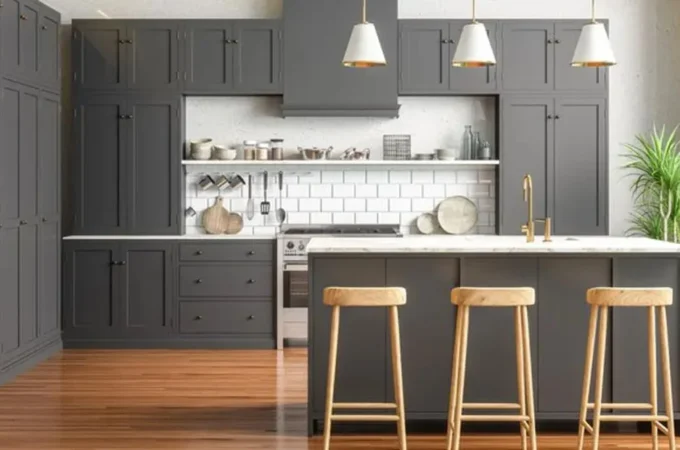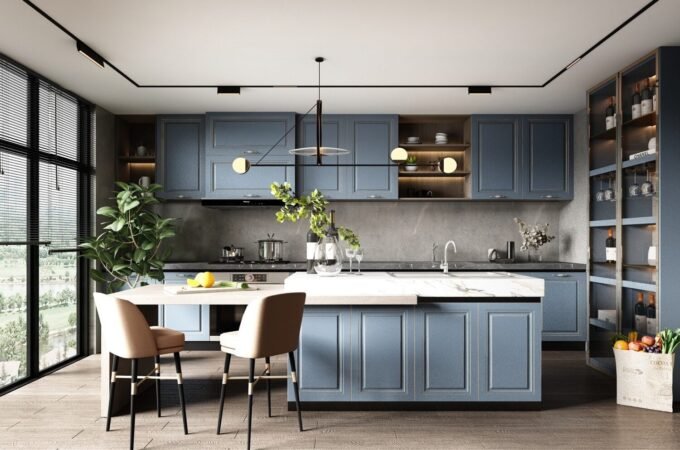
Everything You Need for a Makeshift Art Studio at Home
Creating a makeshift art studio at home can be an exciting enterprise for artists who want to express their creativity without the limitations of a traditional studio setting. Having a specific area for your artistic pursuits can significantly impact your productivity and inspiration, regardless of your level of experience. This is an all-inclusive guide that will help you set up your home art studio.
Table of Contents
ToggleSpace Allocation and Organization
Finding the ideal area in your house for your impromptu art studio is the first step in the setup process. Choose a space that is well-lit, large enough to hold your materials, and spacious enough to move about comfortably. A natural light-filled area is ideal if you want to replicate the lighting of a professional studio. After you’ve located the ideal location, concentrate on effectively arranging your materials. Invest in storage options like drawers, shelves, and containers to keep your creative supplies organized and at your fingertips.
Essential Art Supplies
When setting up a home studio, any artist must stock up on necessary art equipment. As a starting point, provide a range of paintbrushes, paints, pencils, erasers, and sketchbooks. Think about investing in long-lasting materials that will raise the caliber of your job overall. Remember to include a strong easel as well, as this will hold your canvas and offer a comfortable working surface. Canvas bars are essential equipment for anyone working with canvas to produce stretched canvases that look professional.
Stretcher Bars
Stretcher bars for canvases are essential to the making of stretched canvases because they give painters a sturdy surface on which to work. You can alter the canvas’s dimensions to better reflect your artistic vision due to the variety of sizes and materials available for these bars. When choosing canvas stretcher bars for your home studio, go for premium products that are strong and resistant. Moreover, think about purchasing stretcher bar keys so you can change the canvas’s tension as necessary and guarantee a smooth, taut surface for your artwork.
Painting Surfaces
To add depth and texture to your artwork, try painting on a variety of surfaces in addition to canvas. Try working with wood panels, paper, or even non-traditional materials like cardboard or fabric. You can experiment with numerous approaches and styles because every surface has distinct qualities that can affect how your paintings turn out. Trying different painting surfaces can also help you come up with fresh concepts and be more creative with your work.
Inspiration and Decoration
Establishing a creatively supportive atmosphere is crucial for every art studio. Make sure you have images, art, and other items that spark your creativity and express your style around you. Plants or other ornamental accents can add a bit of nature and a soothing environment to your workspace. Furthermore, you should not be scared to add original artwork to your studio to make it a display of your abilities and inventiveness.
Comfort and Ergonomics
Comfort and ergonomics should be your top priorities if you spend a lot of time in your home studio to avoid getting tired or hurt. To ensure healthy posture while working, get a comfy chair with a supportive backrest. Make sure the height of your desk is appropriate to prevent shoulder and neck strain. To ease stress and increase general comfort, think about incorporating ergonomic items like a footrest or wrist support. Taking good care of your physical health can help you concentrate better on your artwork and fully appreciate the creative process.
Experimentation and Exploration
The ability to experiment and learn new techniques without constraints or pressure is one of the biggest benefits of owning a home studio. Accept the chance to attempt new things and push your boundaries, whether it’s by playing with other media, delving into abstract ideas, or improving your technical abilities. You will get to know your artistic voice through trial and error, so give yourself permission to fail and learn from it. You’ll continue to develop as an artist and open up countless opportunities for artistic expression by encouraging a spirit of inquiry and discovery in your home studio.
Conclusion
A temporary art studio setup at home is a fun project that provides countless chances for creativity and self-expression. You can release your artistic potential and start a rewarding creative journey from the comfort of your own home by designating a specific area filled with necessary painting tools, making quality purchases, and placing a high value on comfort and inspiration. So, be ready to start your artistic journey in your very own home studio. Gather your materials, roll up your sleeves, and let your imagination run wild.






